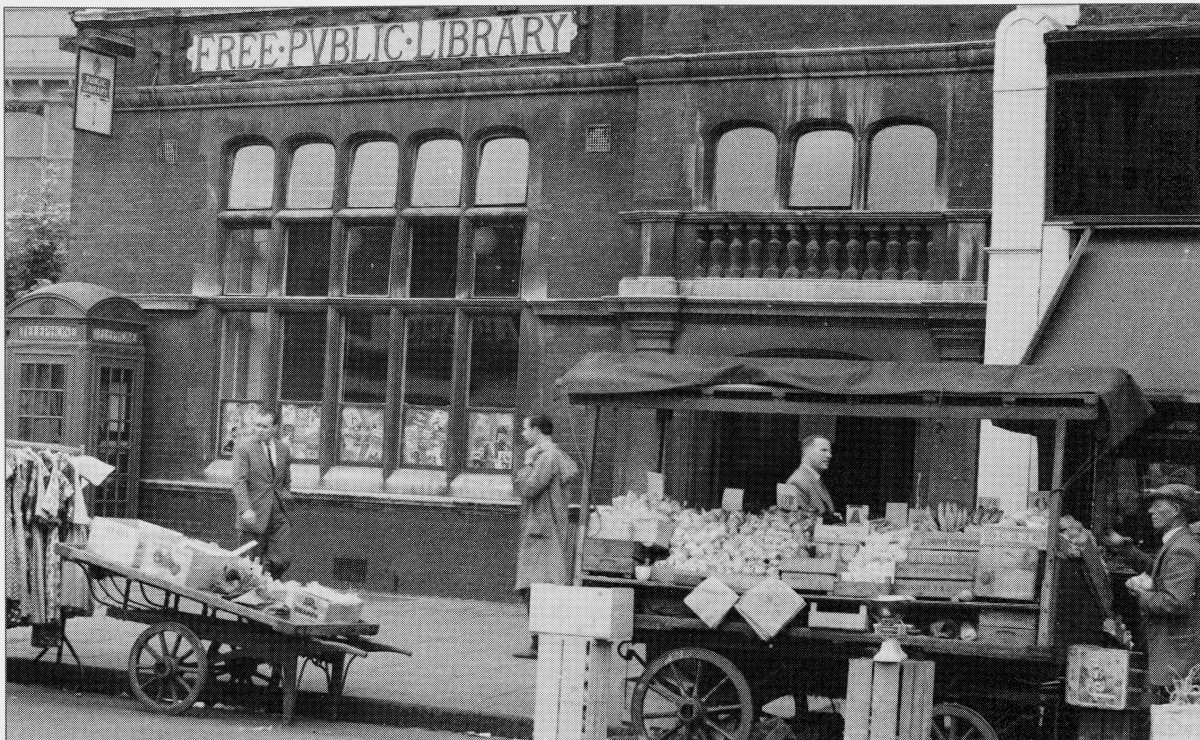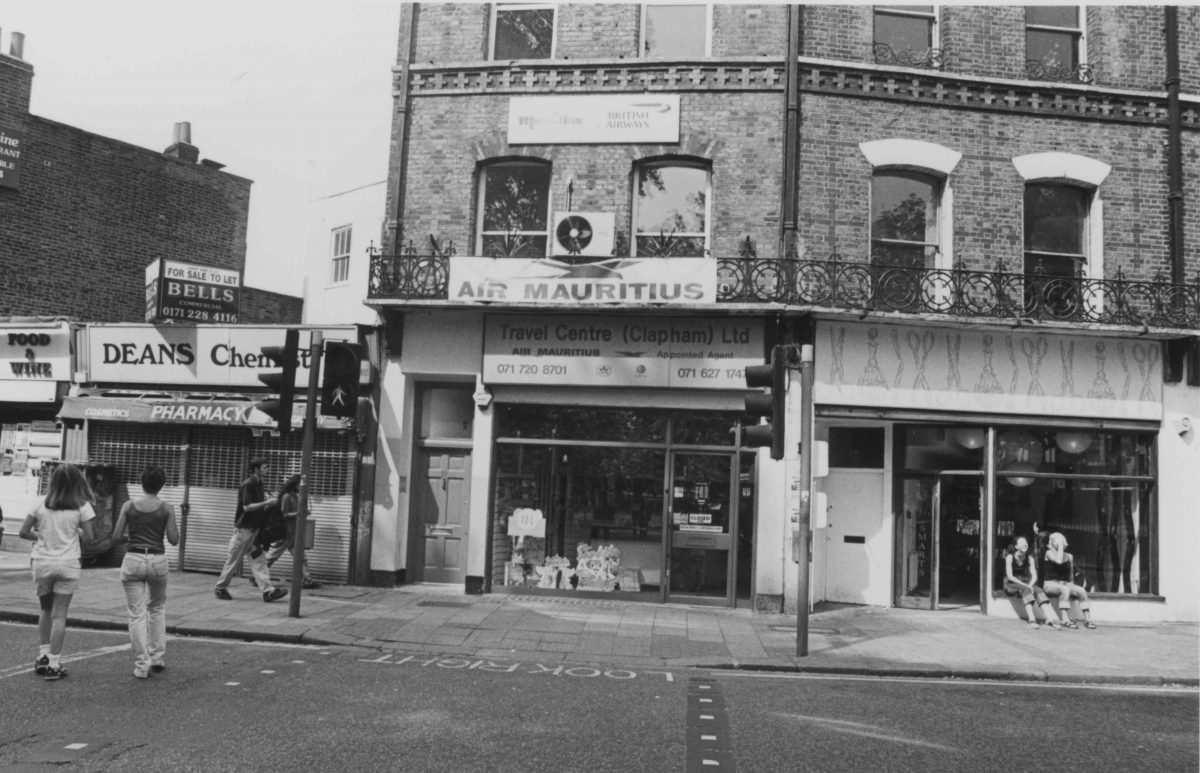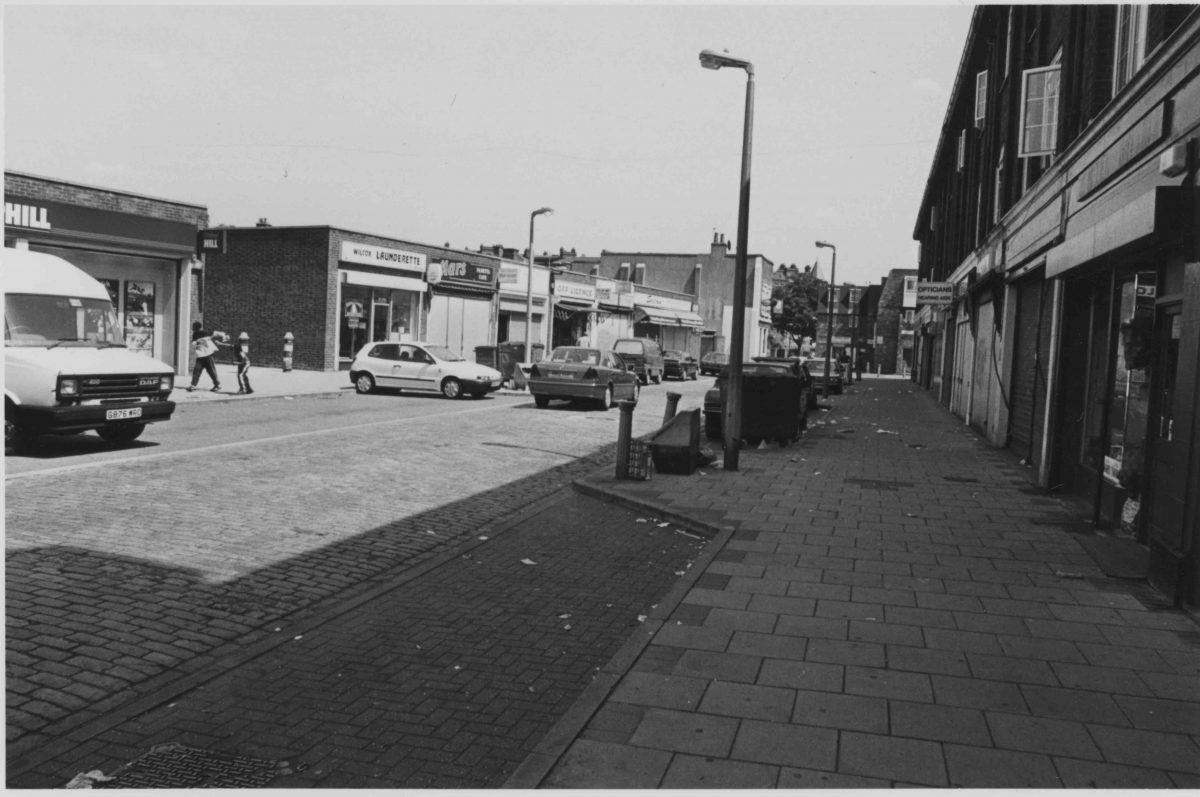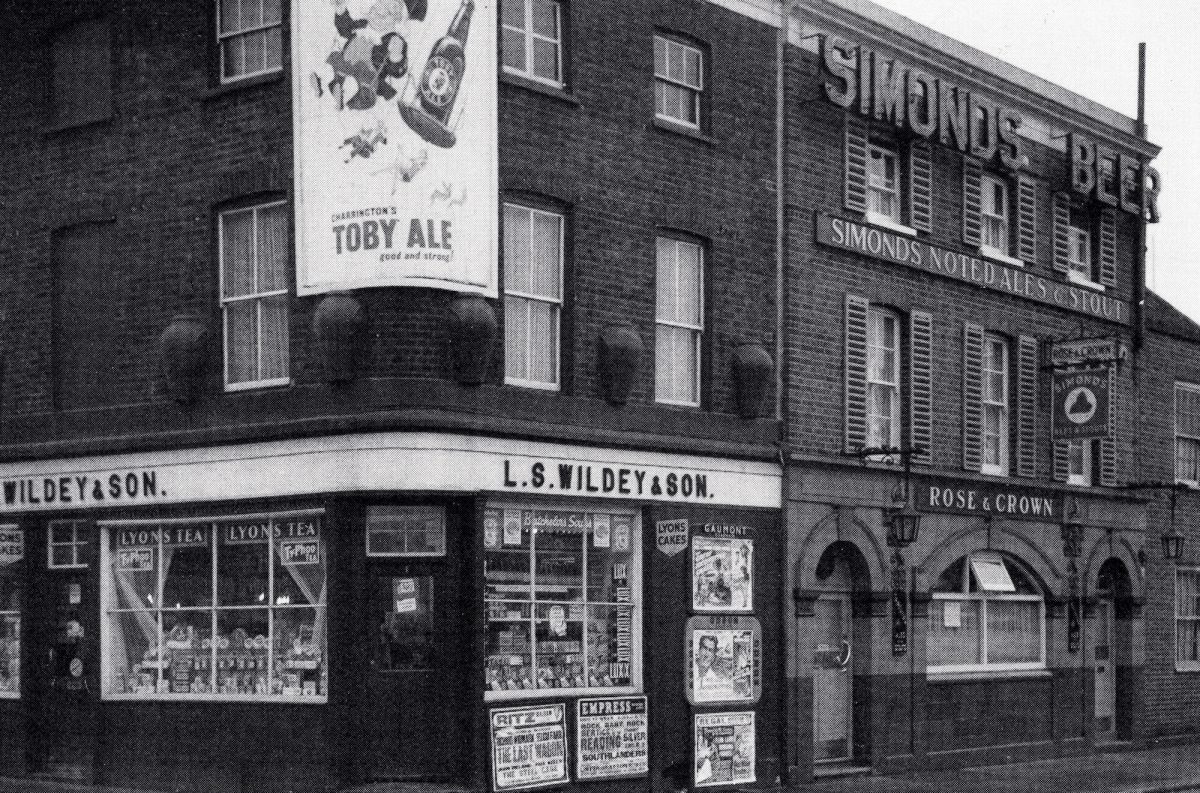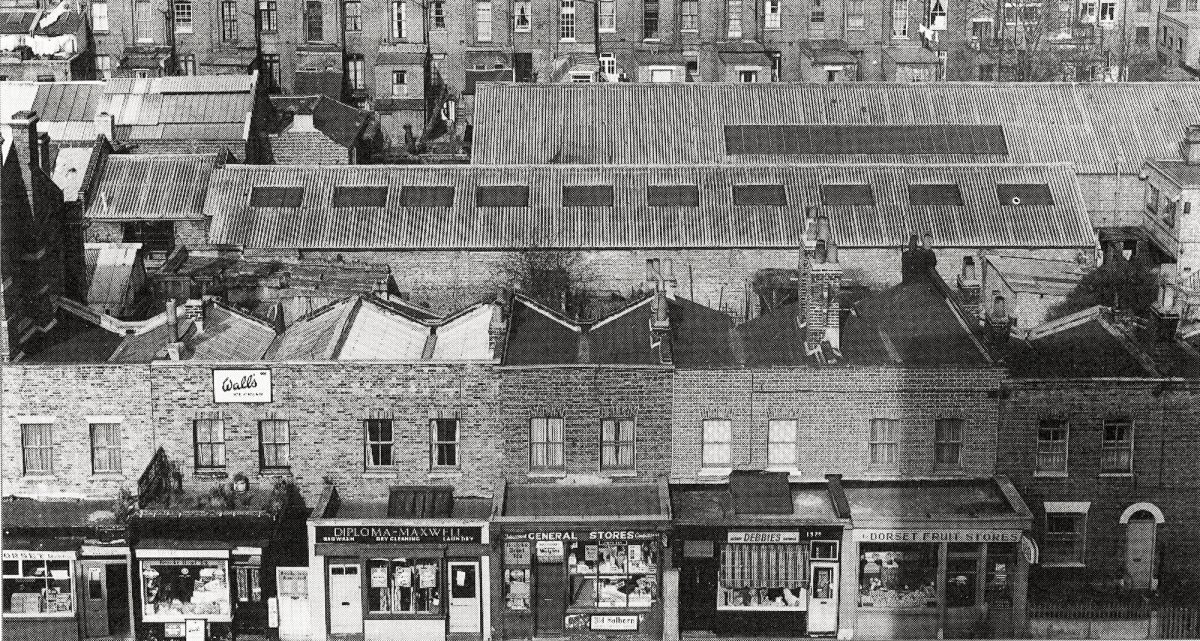
Dorset Road 10th March 1964 taken from Wimborne House factory is Morris and Singer’s a brass foundry business.
The manor of Lambeth was recorded as under the ownership of Archbishop of Canterbury from ‘at least 1190’ with the residence of Lambeth Palace created shortly after in 1197. Edward the Black Prince lived in Lambeth in the 1300s – on some land that included Kennington (there is still a Black Prince road in the south London borough named after him.
Until the mid 18th century, when it was drained, the north of Lambeth was mostly marshland and another memory of this is the Lower Marsh street name near Waterloo.
With bridges built across the Thames the population of Lambeth almost quadrupled in the first four decades of the 19th century and this increased further when the London and South Western Railway extended from Nine Elms to the Waterloo viaduct. The station opened in 1848 and the locality which included Lower Marsh became to be known as Waterloo as well.
Lambeth Walk and Lambeth High Street at the start of the 20th century were the two main commercial streets of Lambeth. Lambeth Walk in 1938 had 159 shops including 11 butchers.
At the last census the population of the current day Lambeth was over 300,000.
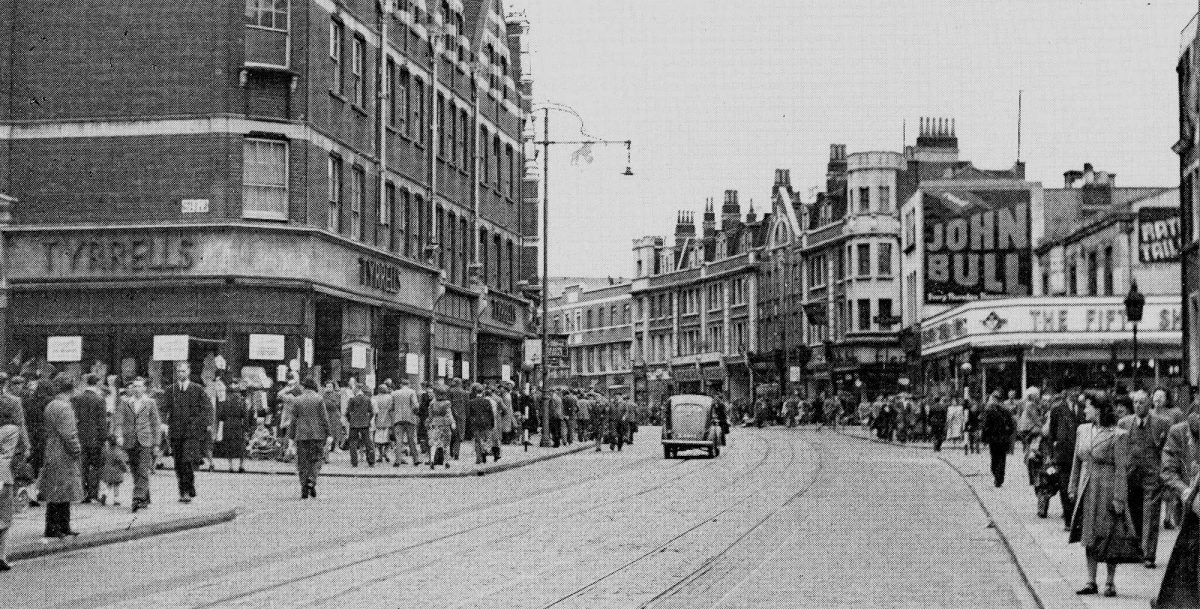
Streatham High Road 1950s
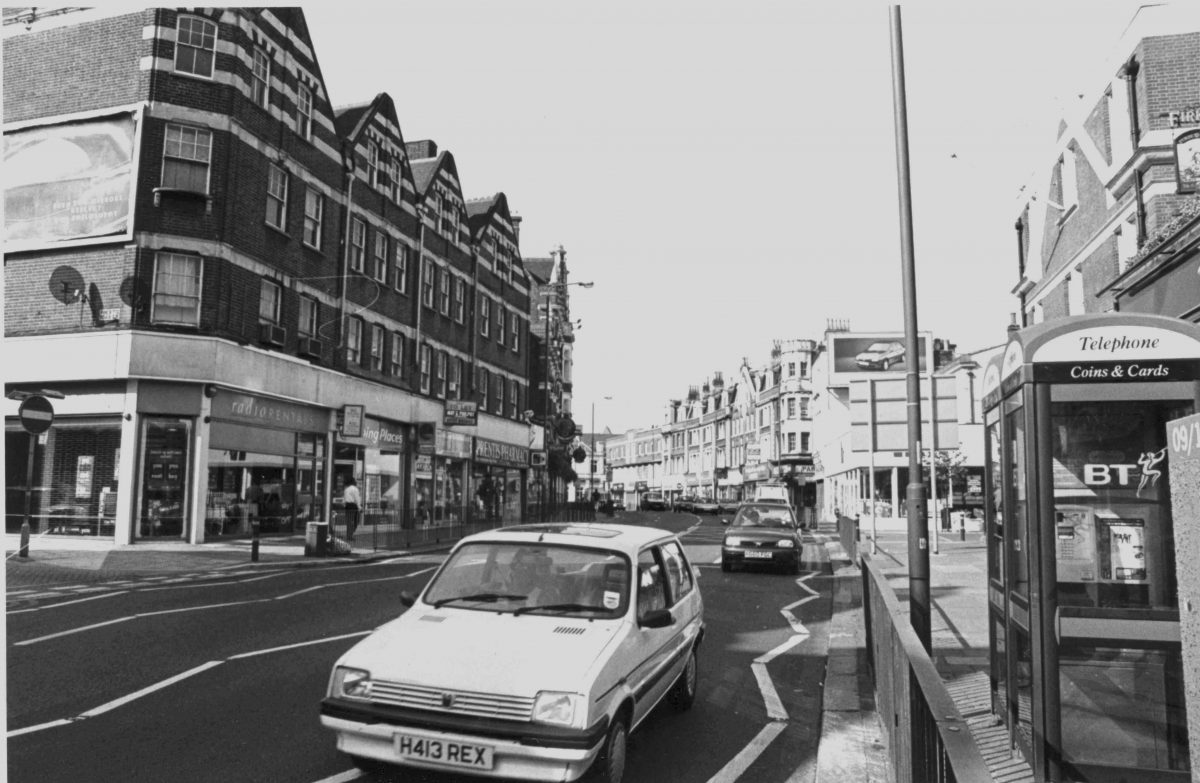
Streatham High Road 2000
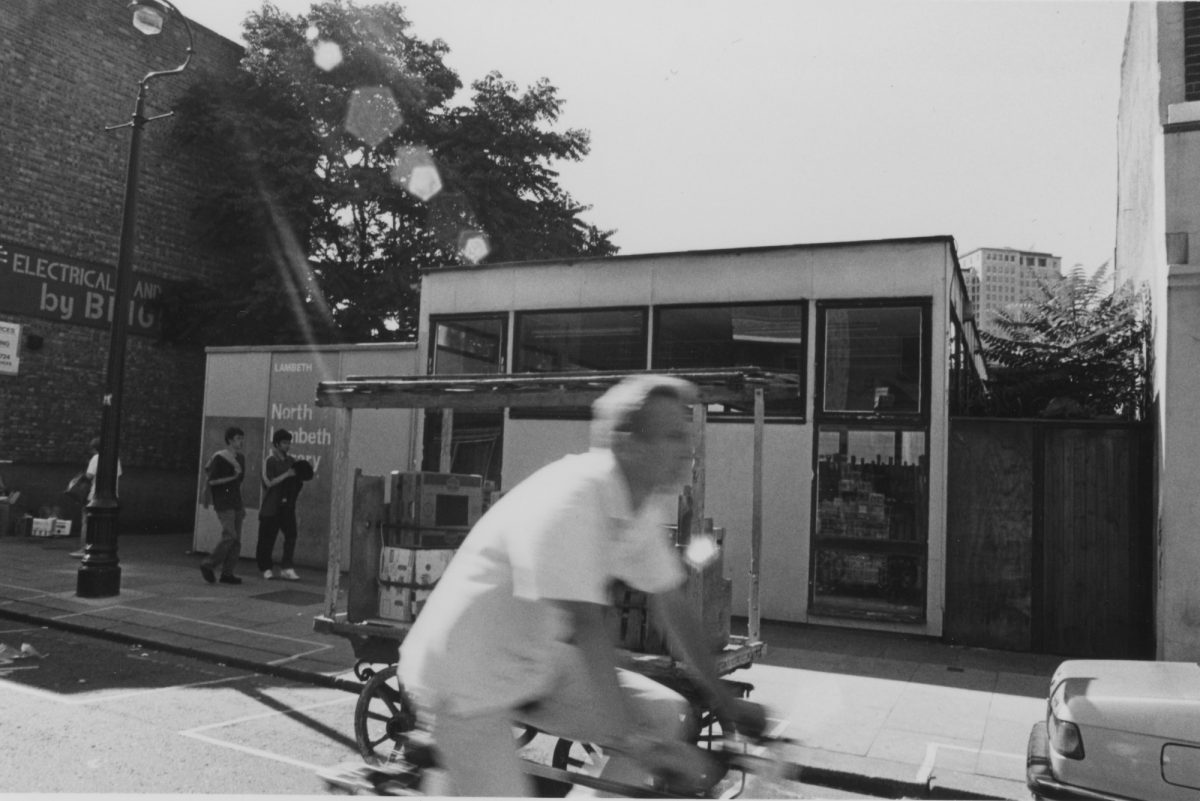
North Lambeth Library with cyclist Lower Marsh, 2000

Lansdowne Green Estate, 1961
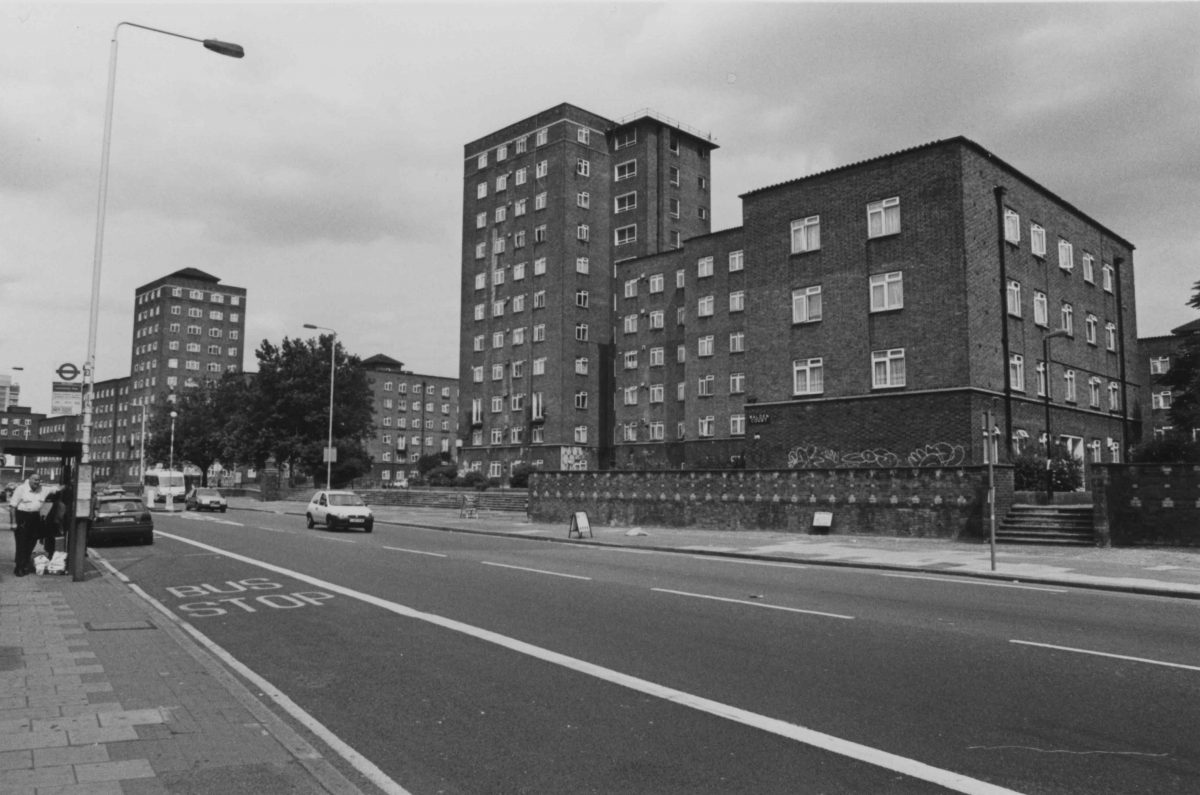
Lansdowne Green Estate 2000
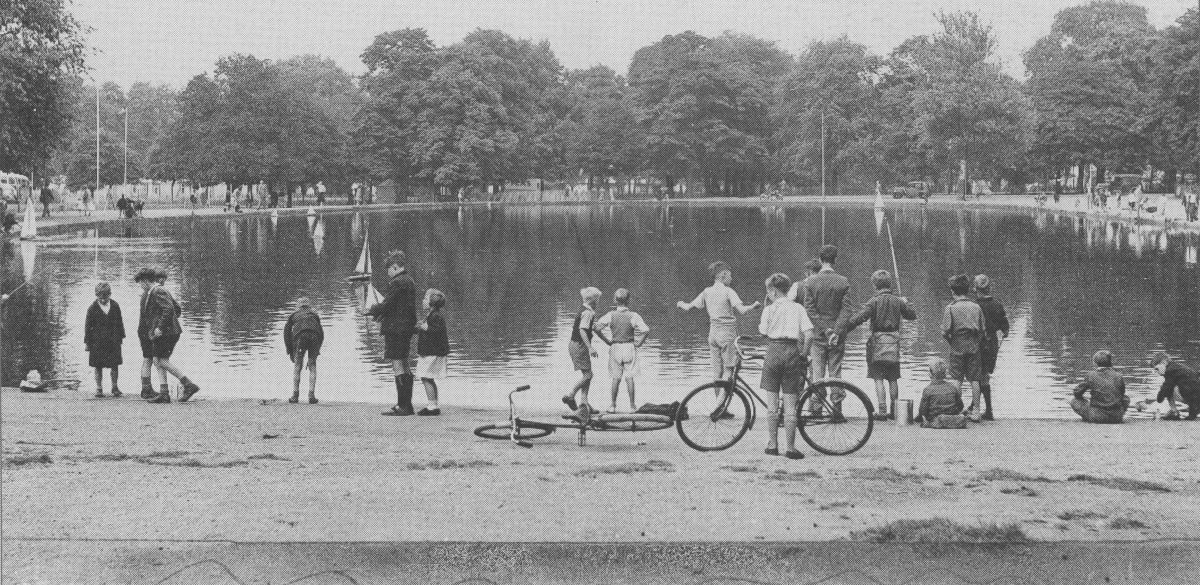
The Long Pond Clapham Common c.1950
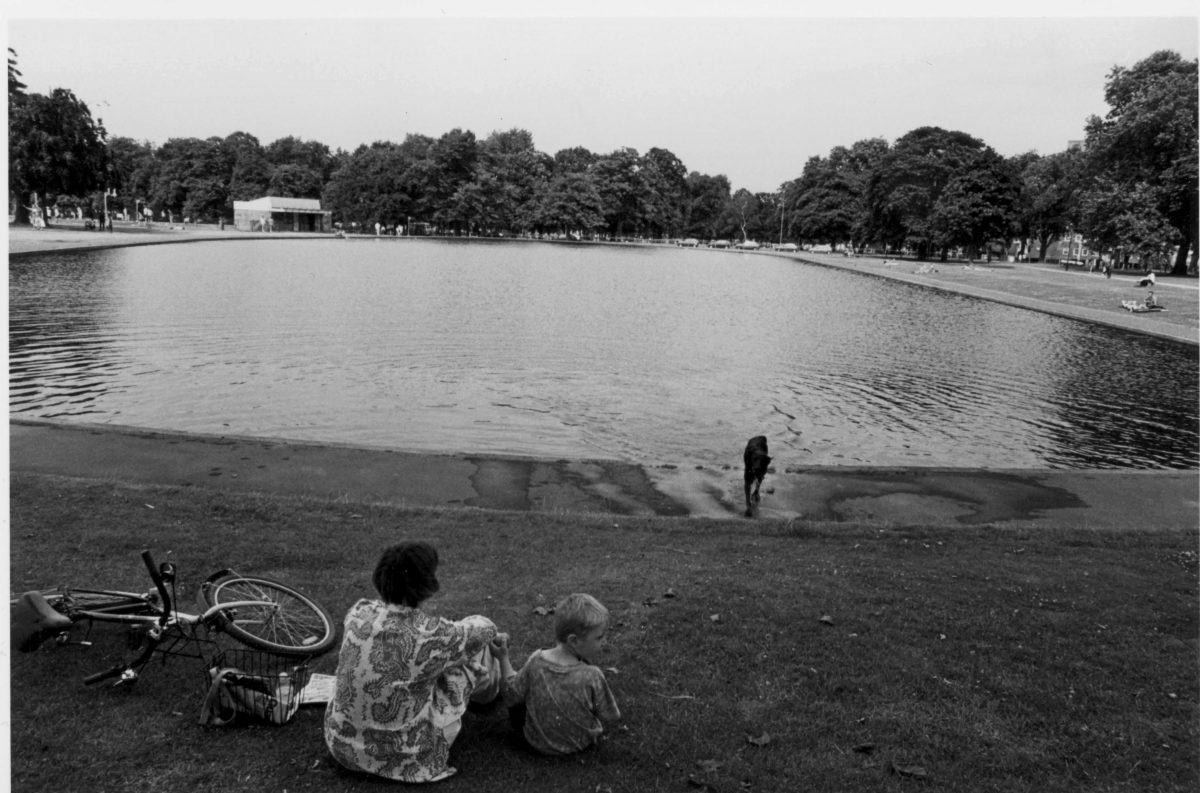
Clapham Long Pond 2000
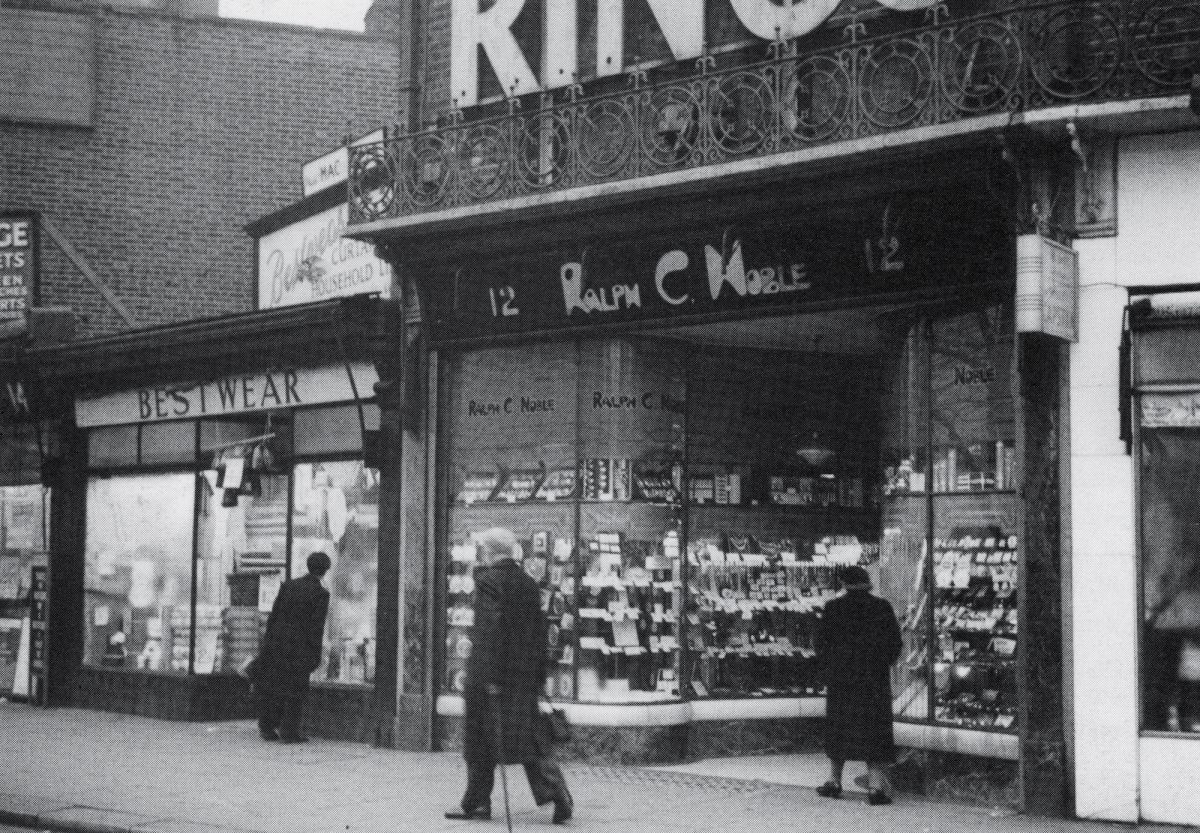
Ralph C. Noble jewellery shop 12 The Pavement Clapham, c.1950
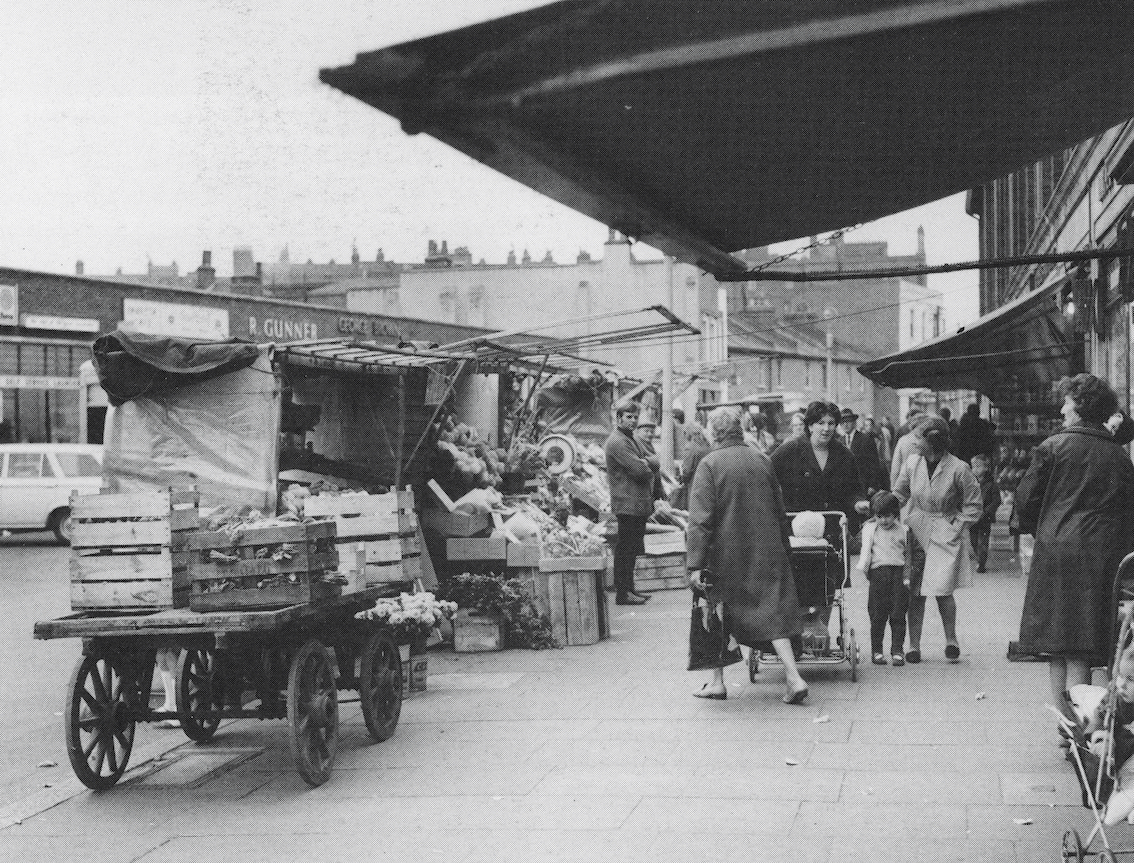
Wilcox Road, 31 October 1969
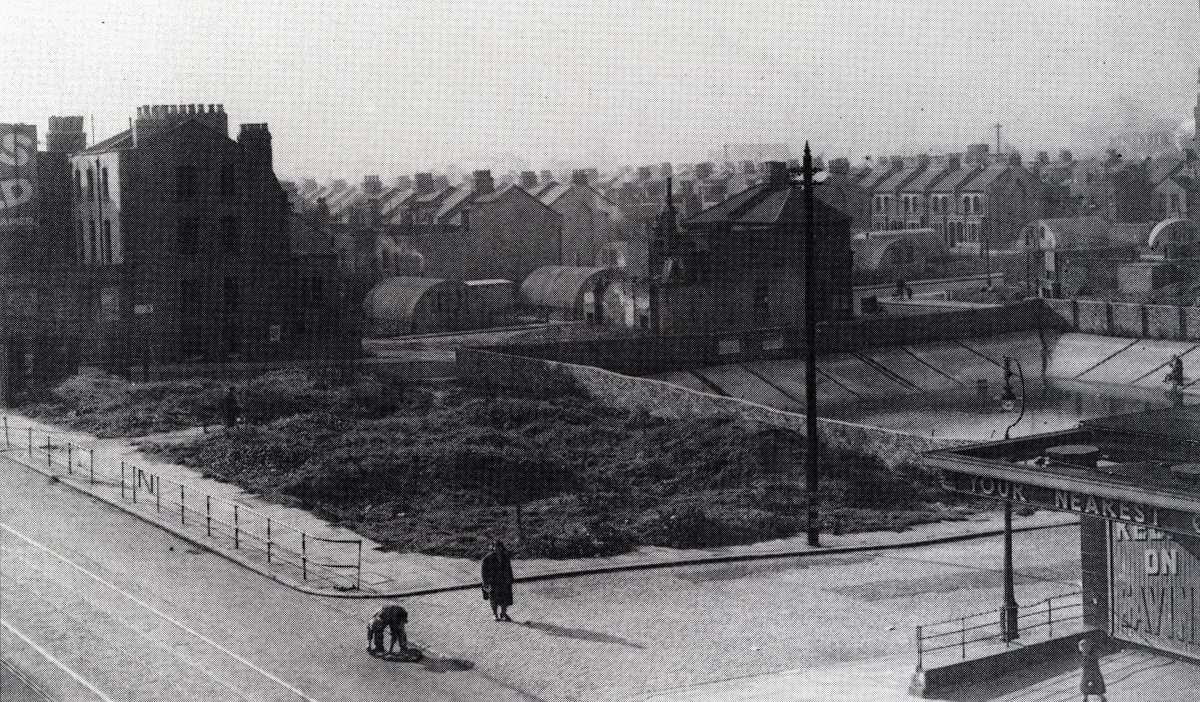
Fount Street, off the Wandsworth Road, 28 October 1946. The foundations of Darlington Hse had been laid before the war. Work finished in 1947.
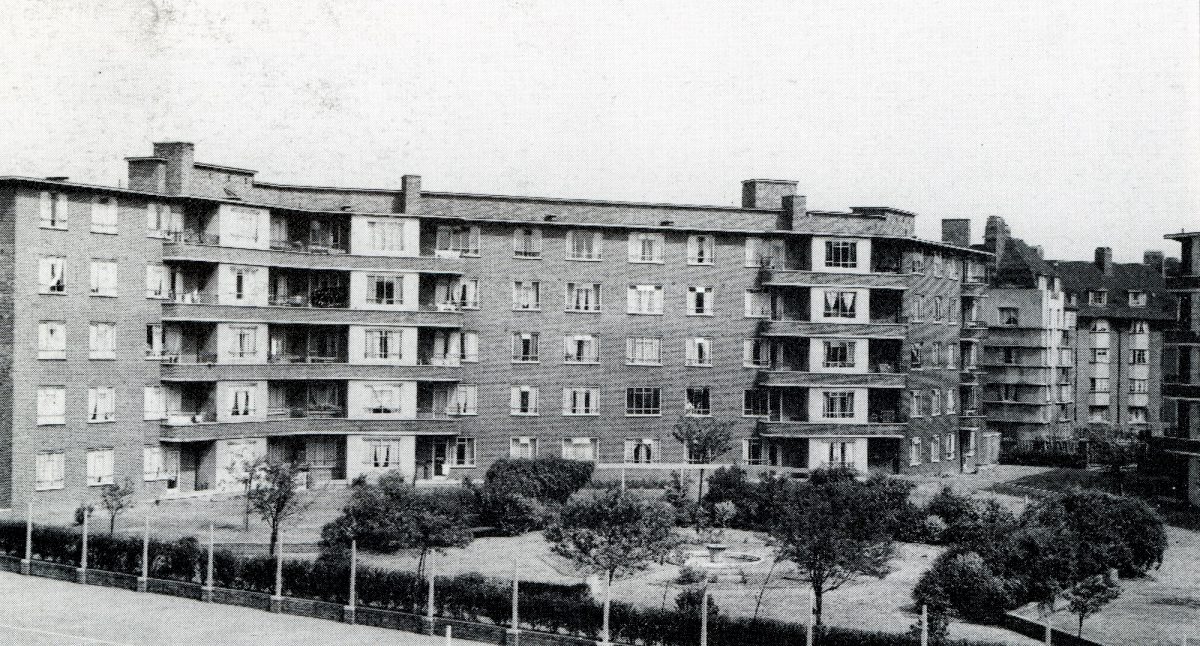
Darlington House, Fount Street, c. 1948
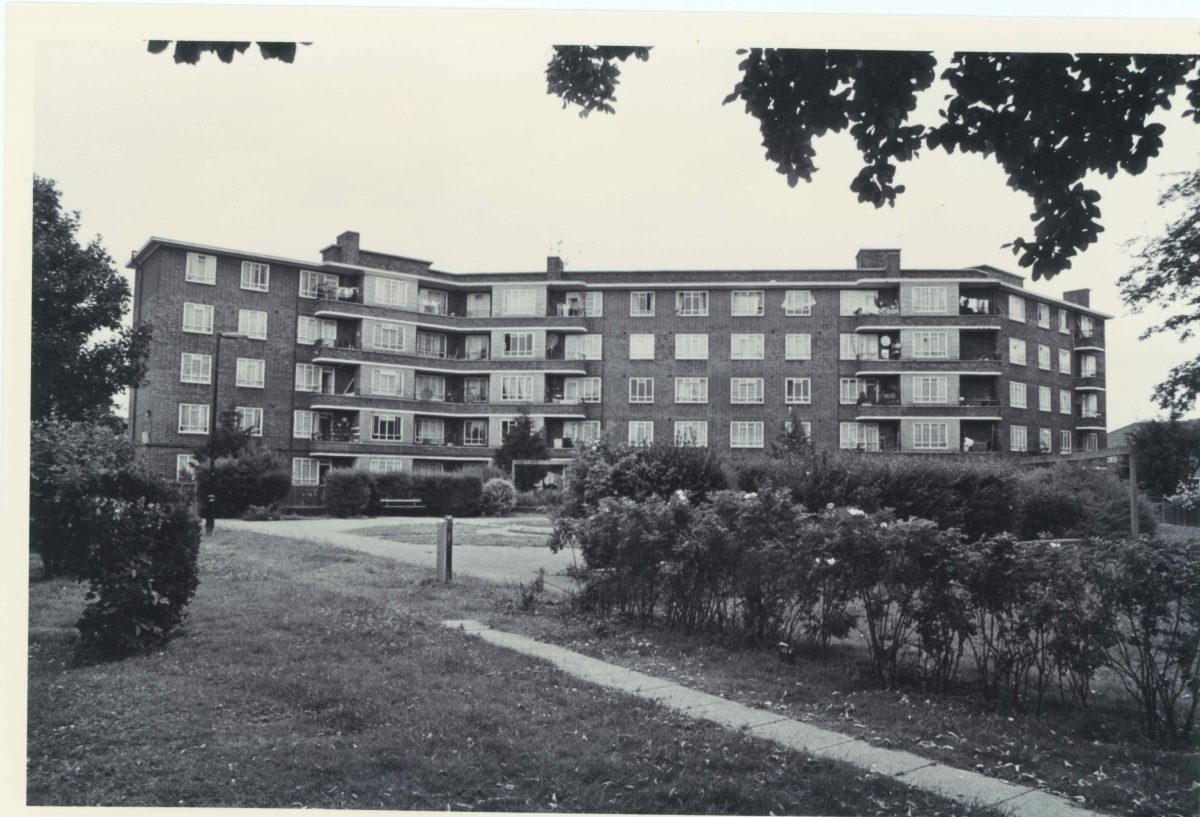
Darlington House, Fount Street year 2000
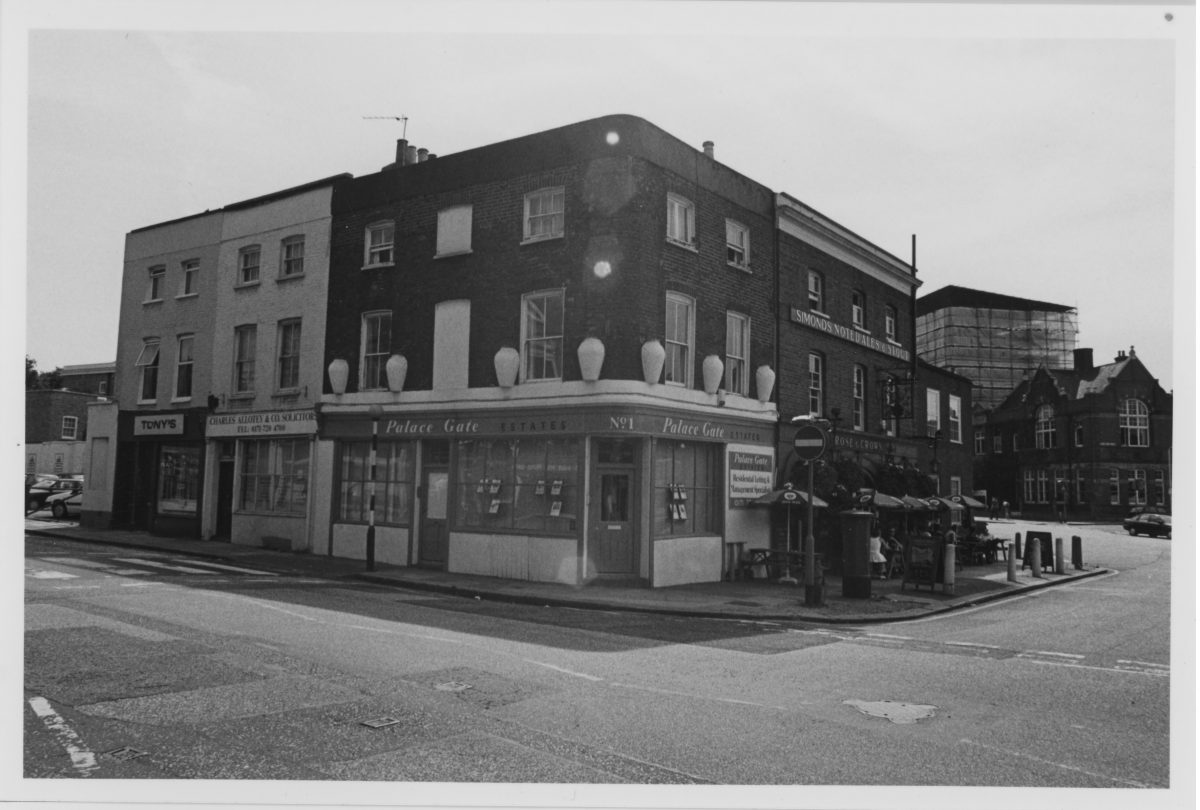
Corner shop in Clapham Old Town 2000
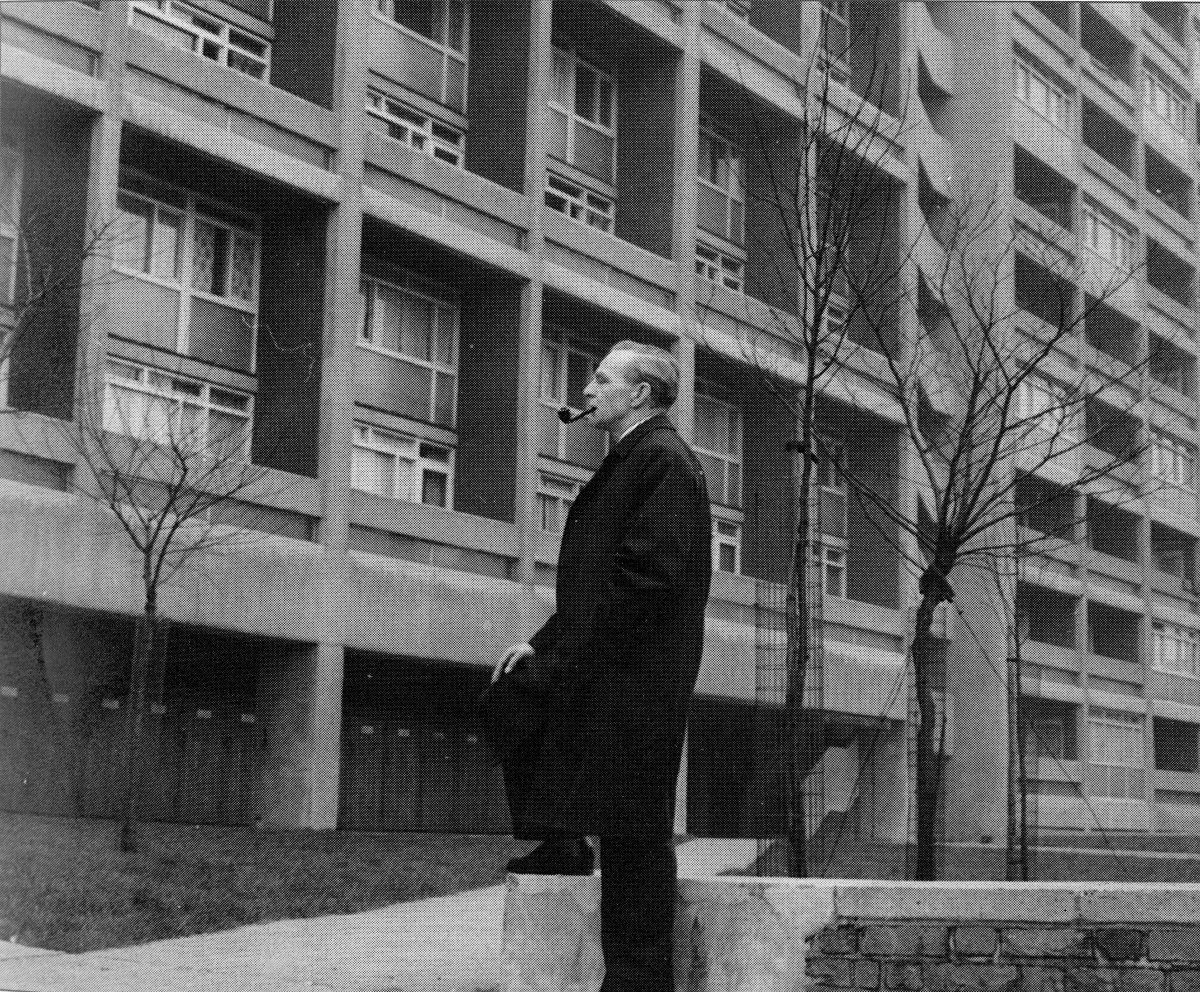
Canterbury House on Royal Street, 1960
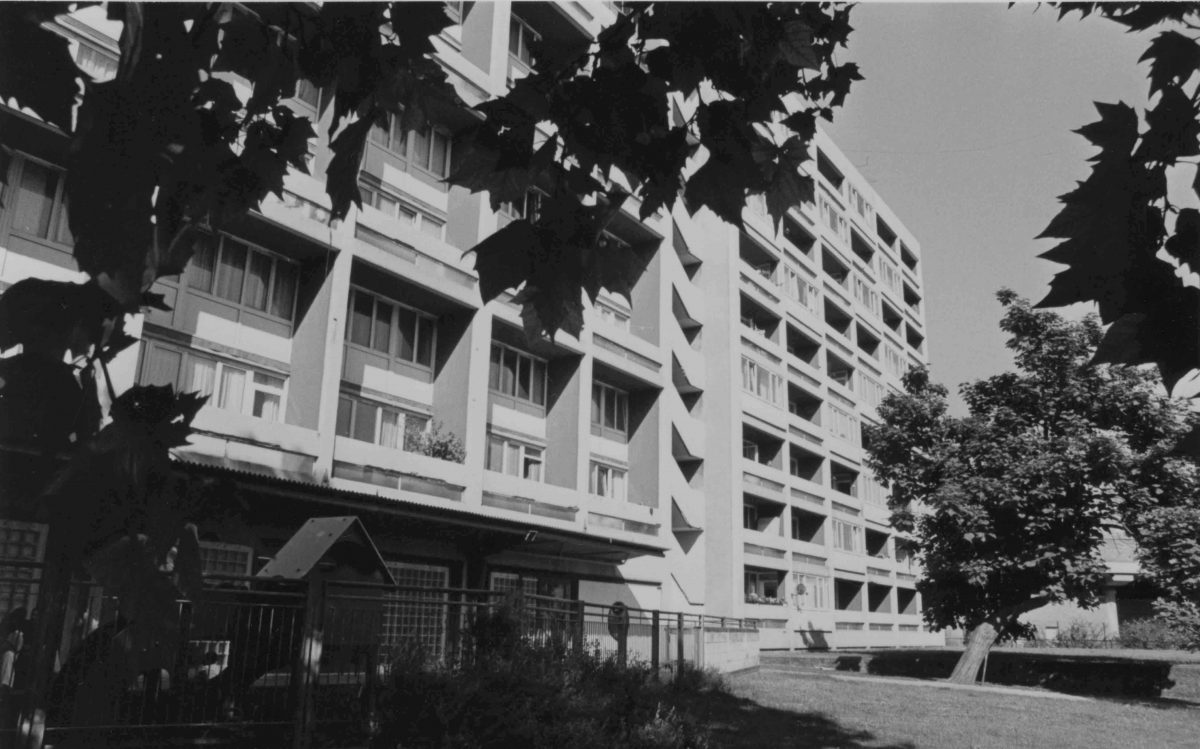
Canterbury House, Royal Street (opposite St Thomas’s Hospital) 2000
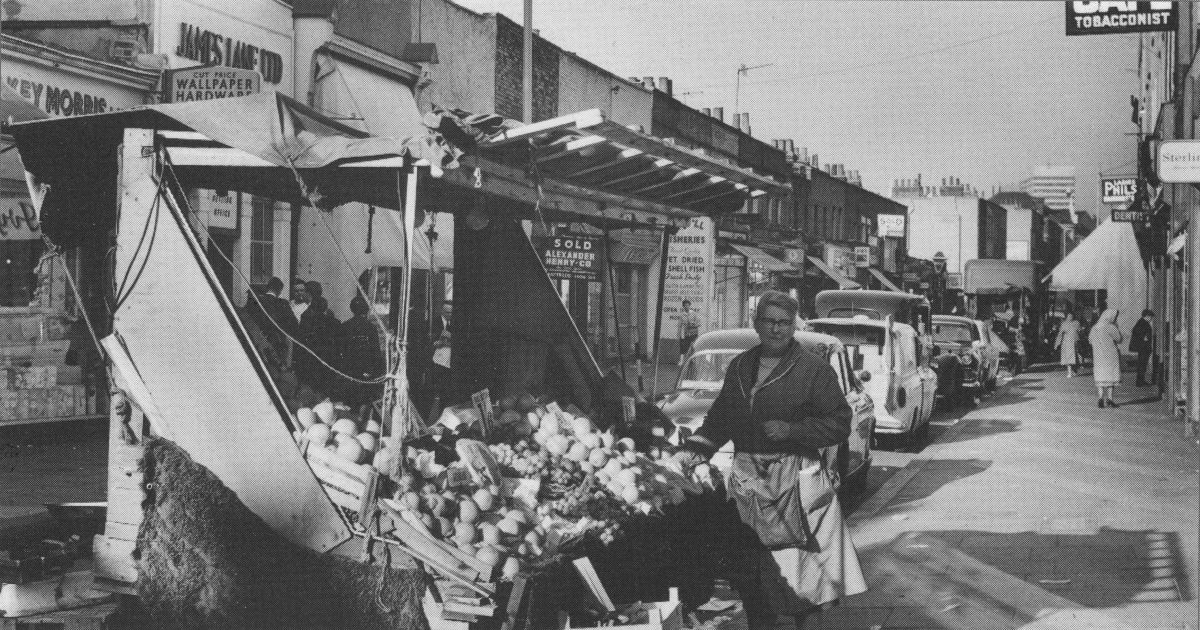
Stallholder outside 197 Lambeth Walk, October 1965

Lambeth Walk in the year 2000
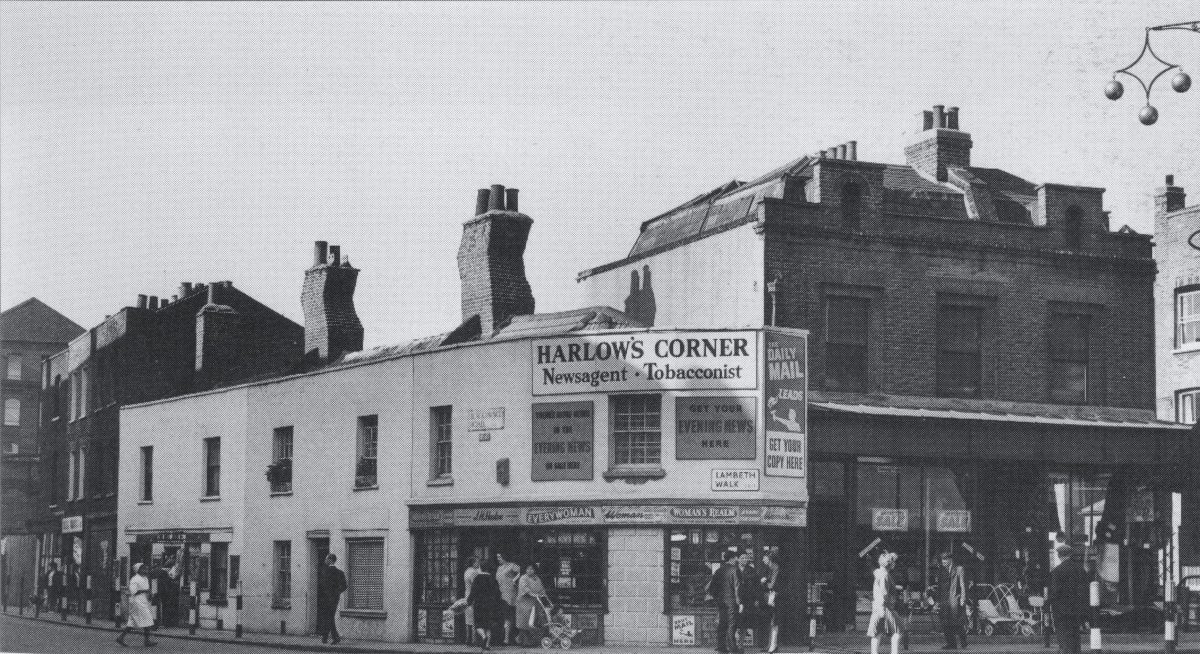
Lambeth Walk, on the corner of Black Prince Road, 1965

National Theatre site on the South Bank in 1970 (the theatre opened in 1976)

Clapham Common fence around the bandstand c. 1957
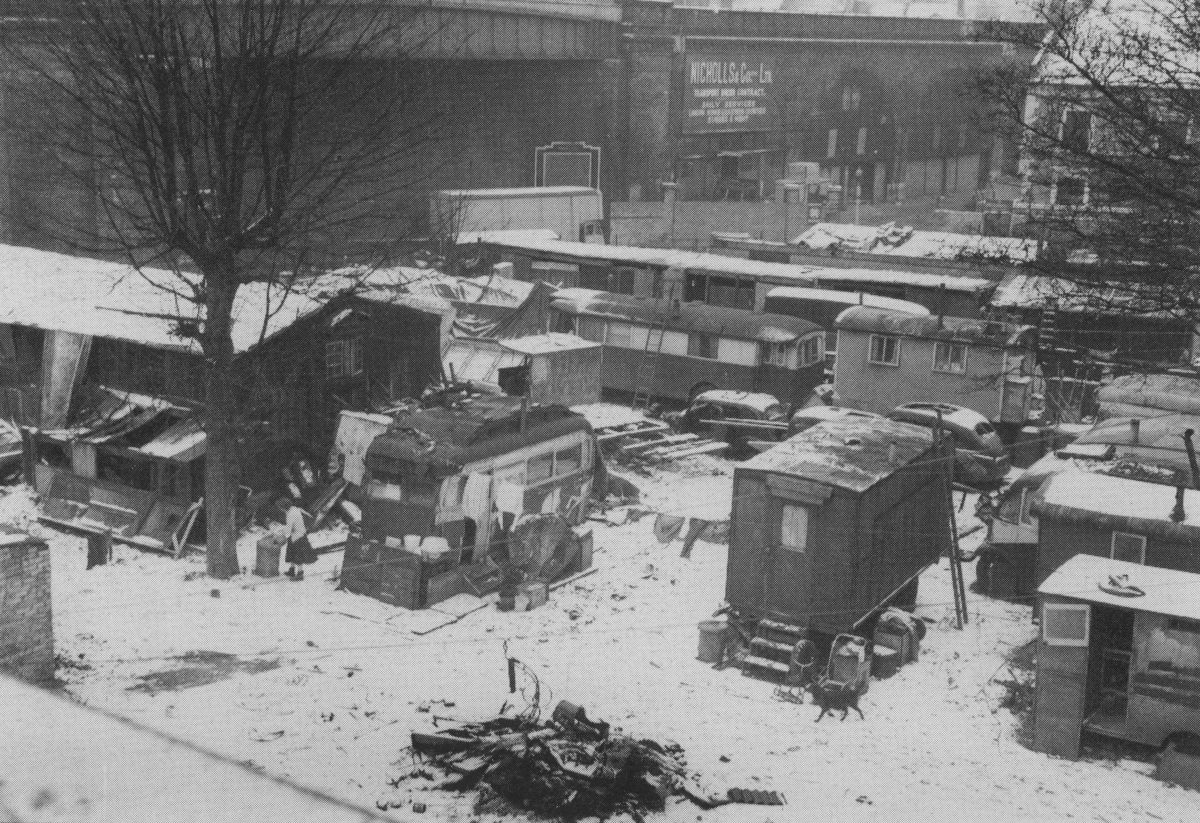
Canterbury Crescent part of which became Valentia Place, looking North East with fire station in b:g 12th January 1959
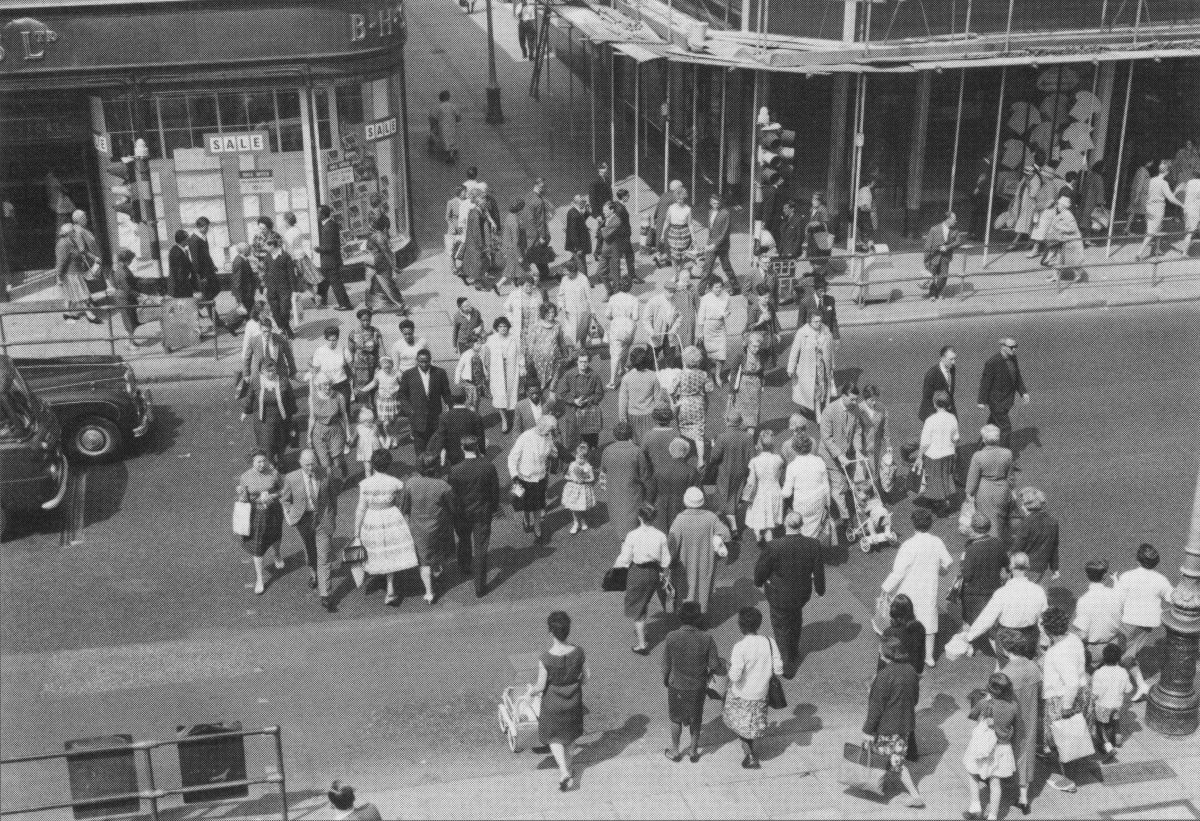
Brixton High Street BHS and M&S 6th August 1963
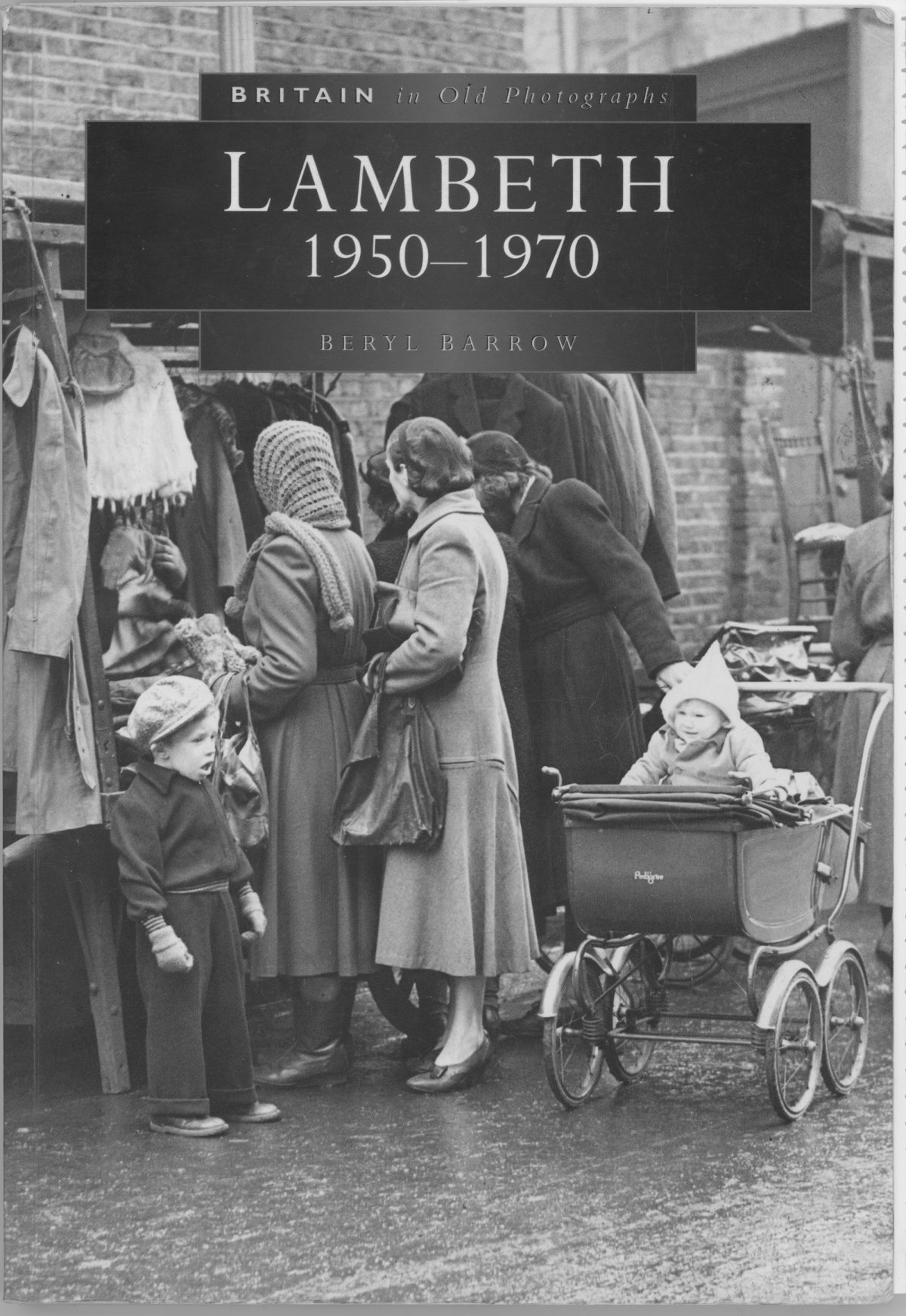
Many of the photos come from Lambeth 1950-1970 by Beryl Barrow. The photographs from the year 2000 are by Rob Baker.
Would you like to support Flashbak?
Please consider making a donation to our site. We don't want to rely on ads to bring you the best of visual culture. You can also support us by signing up to our Mailing List. And you can also follow us on Facebook, Instagram and Twitter. For great art and culture delivered to your door, visit our shop.

